Medical Sector (Aerosol Disinfection)
Automated 3D room disinfection in medical & care sector
Automated 3D room disinfection in medical & care sector
With the significant increase in antibiotic-resistant germs in care facilities, aerosol disinfection is becoming increasingly crucial. It provides an additional layer of safety to reduce the risk of nosocomial infections and save lives. Additionally, it serves as a valuable tool for containing outbreaks of infectious germs such as noroviruses.
Aerosol disinfection effectively complements traditional surface disinfection in medical and care settings, helping to close hygiene gaps. In aerosol disinfection, disinfectants are sprayed into the air in the form of fine particles, thoroughly disinfecting previously unreachable areas such as room air and hard-to-access surfaces. This method enables comprehensive decontamination, even on surfaces that may be overlooked by traditional manual spray-wipe disinfection methods.

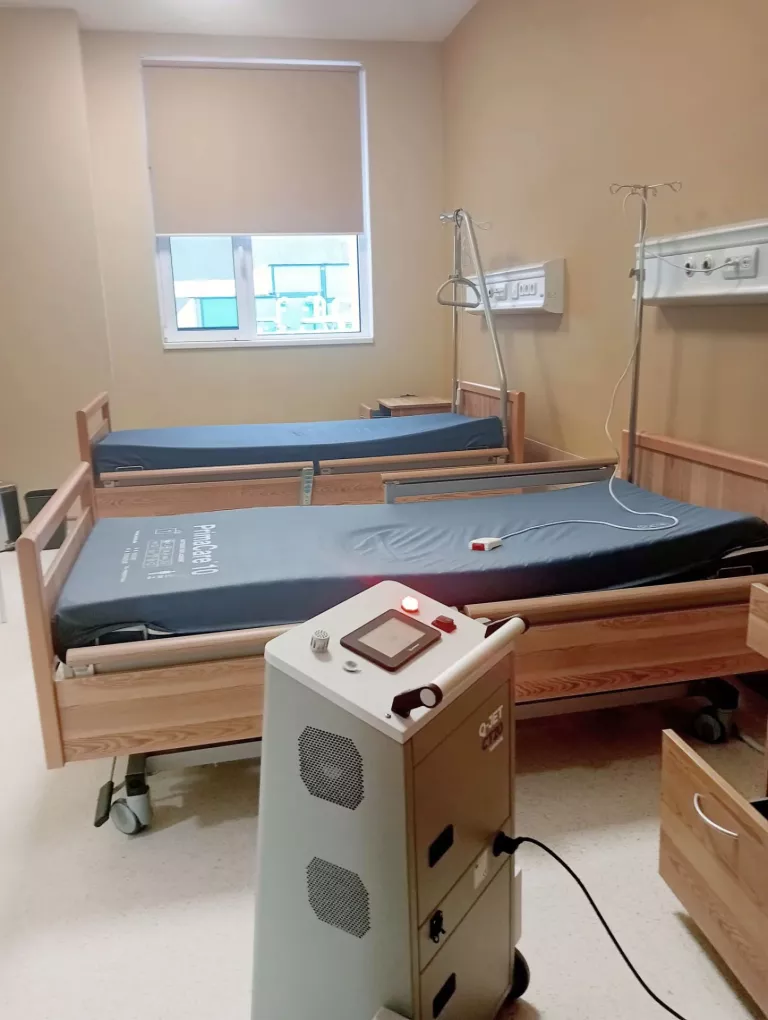
The combination of purpose-built devices (Sanosil Q-Jet series) and the appropriate Sanosil disinfectants has proven to be outstandingly effective for 3D whole-room disinfection for over 25 years.
High-end aerosol device for automated 3D room and air disinfection
Disinfectant for demanding aerosol applications with AFNOR NFT 72-281 certificate
Disinfectant (without silver ions) for demanding aerosol applications with EN - 17272 test


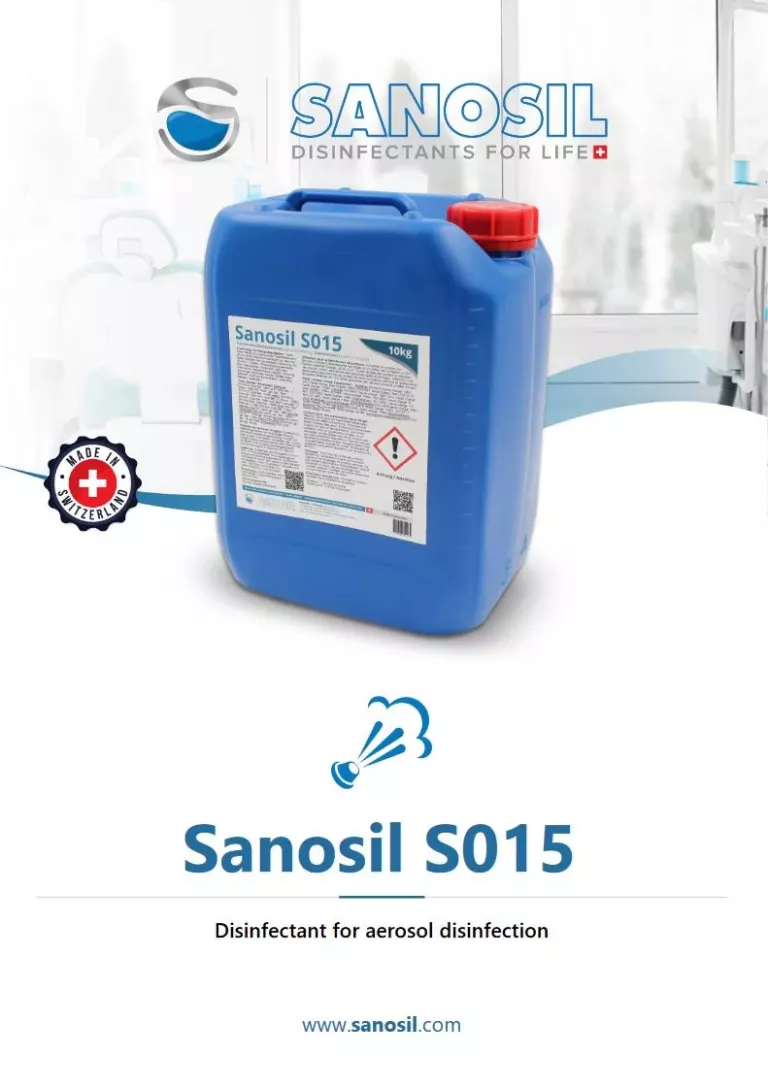
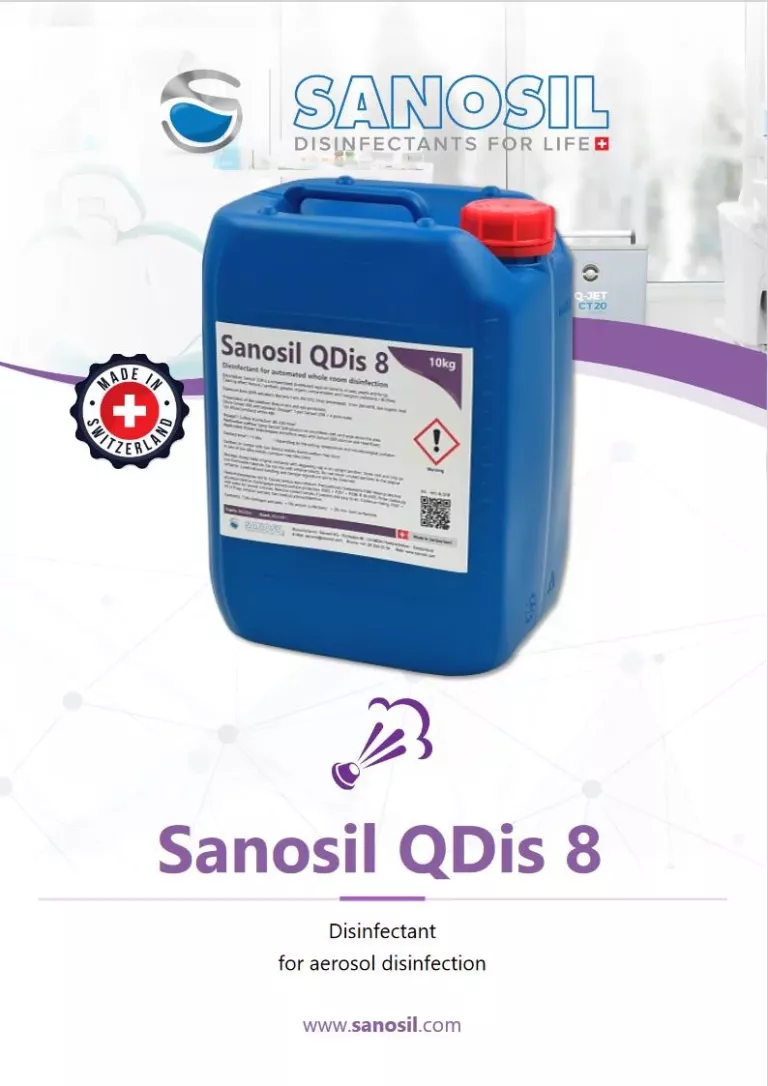
A: No, it cannot. While aerosol disinfection provides more comprehensive and better coverage of all surfaces compared to wipe disinfection, it has limited penetration depth. Even small dirt residues can significantly reduce the effectiveness of aHP disinfection, making thorough pre-cleaning indispensable. The aerosol technology is an additional safety measure for mitigating microbiological risks.
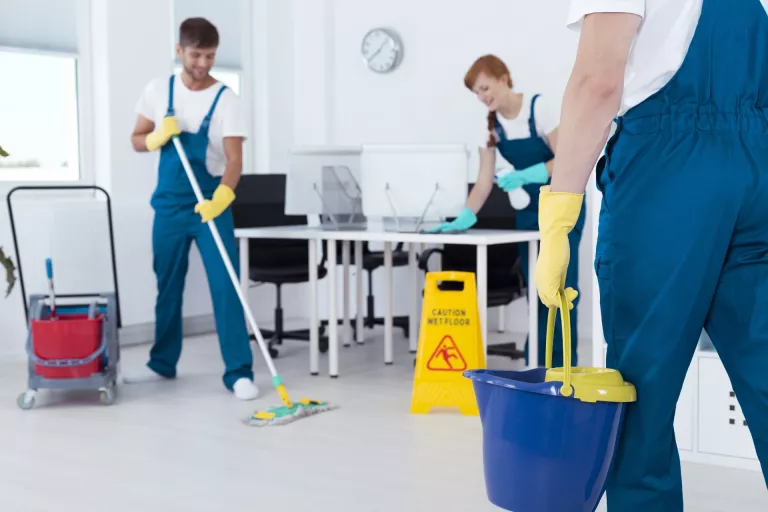
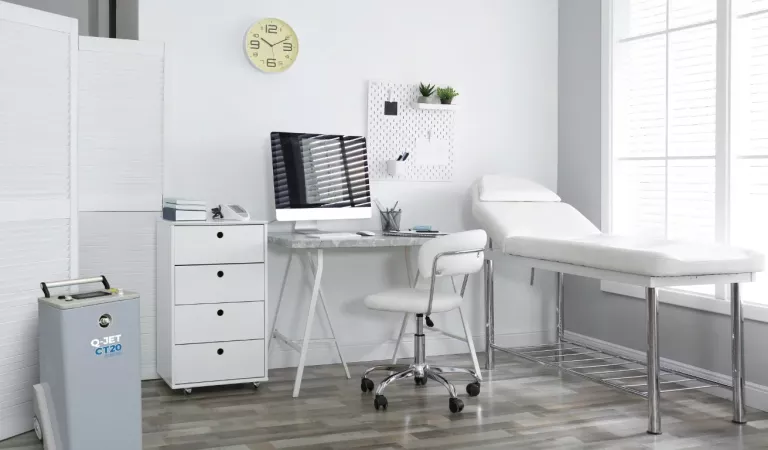
A: No. Due to the time required for thorough 3D room disinfection, this technology is less suitable for quick interim disinfection. However, it is well-suited for thorough base disinfection in conjunction with other hygiene measures.
A: The required time consists of A) the spraying time – the time it takes to nebulize a certain amount of disinfectant in a room, and B) the necessary exposure and decomposition time. During the exposure time, germs are actively reduced. Simultaneously, the hydrogen peroxide breaks down into water and oxygen. This process takes at least 120 minutes.
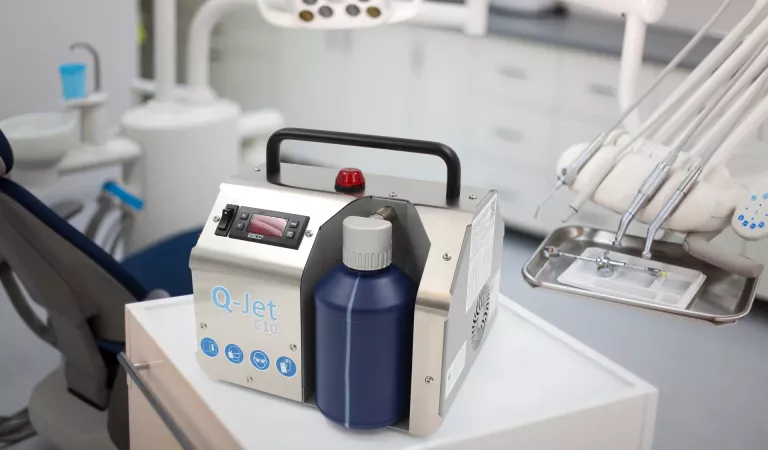

A: No, that is not possible. (Unless they are protected by an ABEK-P3 full-face protective mask.)
A: Various independent studies and our own experiences show that electronic devices such as PCs, tablets, flat screens, mobile phones, etc., are not affected by aerosol disinfection with hydrogen peroxide. In contrast, chlorine dioxide or peracetic acid solutions can compromise the integrity of electronic devices.
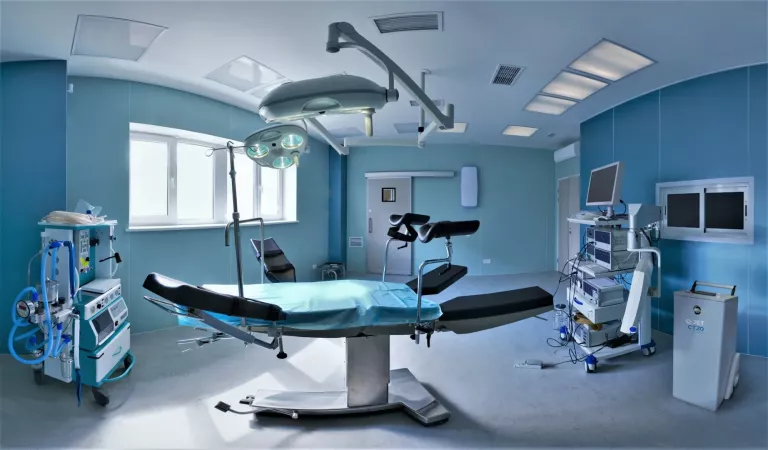
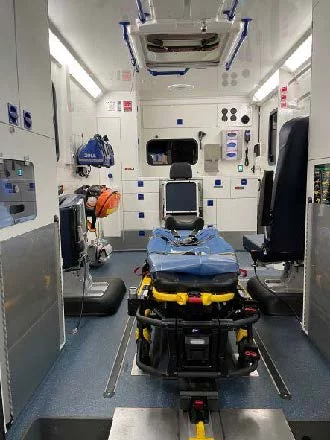
A: Sanosil Q-Dis (and S015) are exceptionally suited for whole-room disinfection. They
A: Nebulization devices fundamentally use two technologies to generate aerosols: compressor & nozzle or turbine. A compressor forces the disinfectant through a nozzle, creating aerosols. In contrast, a turbine uses an airstream to entrain the disinfectant via the Venturi effect and finely atomize it. Both technologies have their preferred application areas. Compressor devices are more suitable for small to medium-sized rooms, while turbine devices are better suited for medium to large rooms.
(The Sanosil Q-Jet CT-20 features both technologies and can thus be used for rooms with a volume of 4 to 600 m³.)
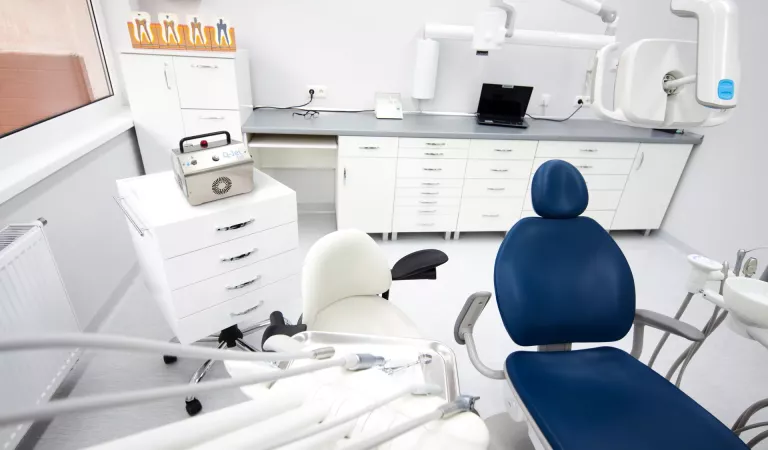
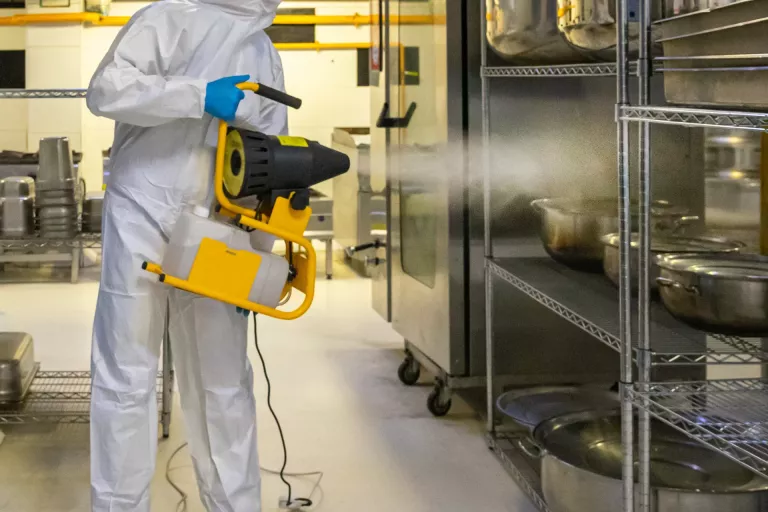
A: Portable spray devices are not classified as traditional aerosol devices. Their primary purpose is to manually and directly spray surfaces with a fine mist. This inevitably produces aerosols, necessitating the use of appropriate personal protective equipment during disinfection. Unlike aerosol disinfection devices, however, the majority of the sprayed disinfectant lands directly on the treated surfaces due to the directed spray direction. These surfaces typically remain moist.
Aerosol devices, on the other hand, generate a „dry“ mist that evenly distributes throughout the room. This avoids wetting surfaces with the disinfectant.
Our core competencies include the manufacturing and application consulting of disinfection products for water systems, surfaces, and air (complete room disinfection).